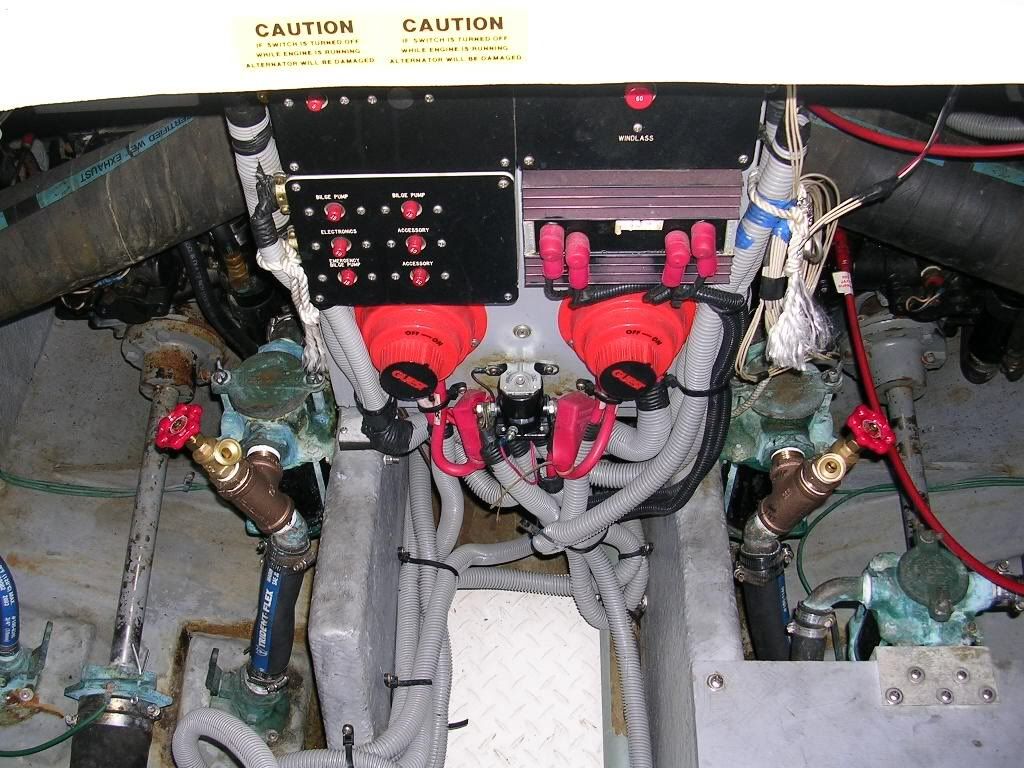- Nov 26, 2006
- 7,628
- Boat Info
- 2008 44 Sedan Bridge
- Engines
- Cummins QSC-500's
Straight Drives
Today I built a fresh-water rinse manifold for both engines and the genny. I oufitted it with two garden hose connectors for sufficient flow, 5 ball valves to select water flow, a 1" inside diameter main body, 3/4 ID for the engine hoses, and 5/8 ID for the genny. I ordered bronze ball valves with threaded male and female fittings to fit to the tops of the strainers. I ordered 1" ID for the engines, in case I decide to double my hoses to increase flow. I ordered a 3/4" ID ball valve for the genny.
It's pretty simple. Can't find the camera right now. I'll mount it in the transom locker against the forward wall, and run the water hoses to port through the dividing wall, then down into the engine room to the ball valves on the strainers. I intend to replace most/all raw water cooled items, then keep them rinsed.
It's pretty simple. Can't find the camera right now. I'll mount it in the transom locker against the forward wall, and run the water hoses to port through the dividing wall, then down into the engine room to the ball valves on the strainers. I intend to replace most/all raw water cooled items, then keep them rinsed.









